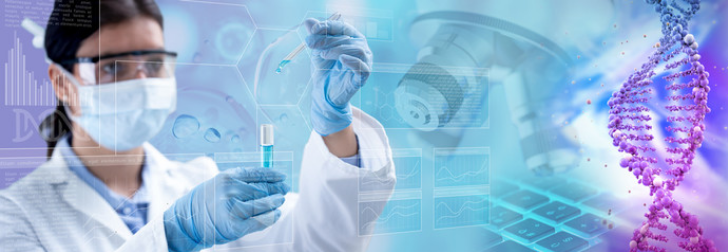
The booming field of Regenerative Medicine works to restore structure of damaged tissues and enhances the functioning of damaged organs. Once there was a time that even the medical field failed to revive damaged cells or human organs. Today with the help of regenerative medicine such wonders can be performed easily. In fact, the researchers are working to find solutions to revive damaged organs such as torn ACL, torn rotator cuff tendons, degenerative joints, pancreatic beta cells dysfunction, erectile dysfunction, and many neuromuscular dysfunctions. The basic goal of these revivals is to find best ways to repair, restore, regenerate many tissue injuries and reverse diseases. This innovative practice of regenerative medicine is possible with the safe applications of birth tissues such as placenta and umbilical cord as they contain lots of useful structures to meet the requirement.
Umbilical cord consists of Wharton’s Jelly that is a rich source of mesenchymal regenerative cells. These cells help the growth of many support tissues in the body. In past one decade umbilical cord is proved to be a great regenerative alternate. This is possible due to low immunogeneticity levels and better transplantation success in allogenic transplant. The products made from Wharton’s jelly have cells and growth factors from umbilical cord tissue. It also offers new therapeutic paradigm for regenerative therapies.
There are four types of regenerative medicine treatments:
- PLATELET RICH PLASMA
- PROLOTHERAPY
- SURGERIES FOR CARTILAGE REGENERATION

Platelet Rich Plasma (PRP):
Experts say that blood platelets and plasma have natural healing properties that can be used to cure severe or minimal sports injuries. It can be injected or applied during surgery on the affected area.
Prolotherapy:
During this treatment the physician injects an irritant into the injured area that causes inflammation. It is believed that inflammation increases the blood flow in a particular area and attracts cells naming granulocytes, monocytes, macrophages and fibroblasts. These cells are responsible to repair and heal damaged tissues.
Surgeries For Cartilage Regeneration:
Cartilage don’t have blood vessels hence, it does not have a consistent blood supply. This makes cartilage difficult from healing naturally. There are varied techniques used to repair them. Bone abrasion, cartilage transplant and implanting cell obtained by umbilical cord or others are some of the methods for surgery treatment.
Regenerative medicines have performed wonders for many patients. There were many incurable issues before the introduction of umbilical cord’s cells and regenerative medicines. But this development has made many impossible to cure ailments possible. Are you ready for this transforming wave of new regenerative medicines!!
